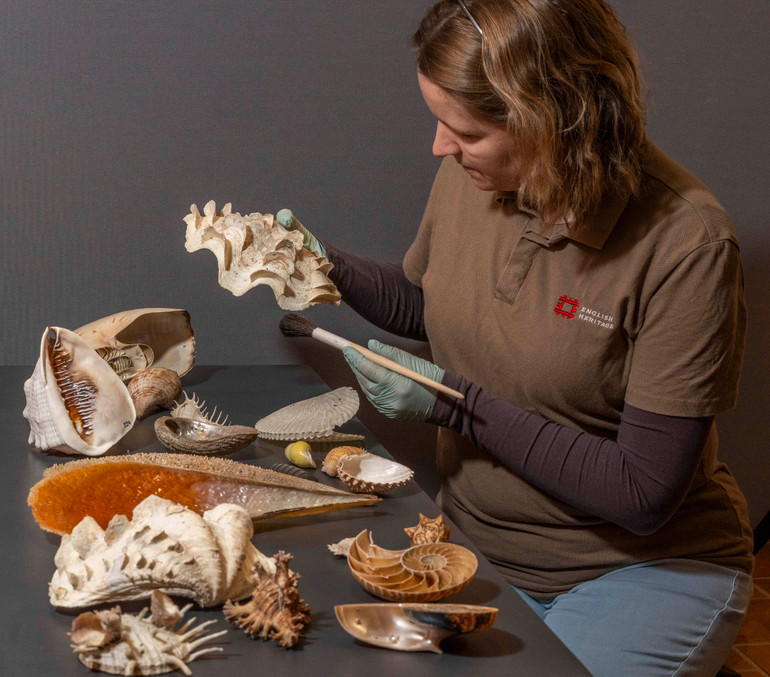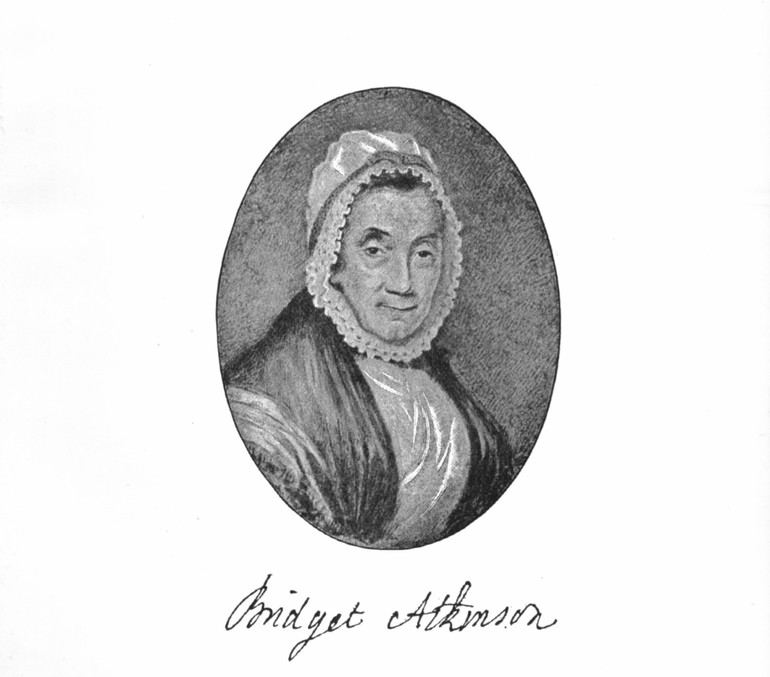A valuable collection of shells from the last voyage of Captain Cook was found in England: photo
[ad_1]
Phil Wilkinson/English Heritage
Shells from the last voyage of Captain James Cook, the English explorer and discoverer of Hawaii, who completed three circumnavigations, were accidentally found in Britain.
More than 200 valuable shells in 18th century belonged to collector Bridget Atkinson, The Guardian and English Heritage reported.
Bridget Atkinson was the grandmother of John Clayton, who excavated and helped preserve Hadrian’s Wall (a wall in the Roman province of Britain).
Some of the shells were sent to the woman by George Dixon, the gunsmith of the pioneer during Cook’s third and last trip around the world.
Previously, it was believed that the 250-year-old collection was lost 40 years ago, but during the cleaning of the house, the marine zoologist’s family found it. The collection is very valuable and, according to experts, is of international importance.

Phil Wilkinson/English Heritage
The shells were handed over to the state agency for the protection of cultural monuments “English Heritage”. Already this week, some of them will be exhibited at an exhibition in Northumberland.
“It’s great to be able to tell the story of a remarkable woman. She’s not a duchess, she’s not a London high-flyer, her name doesn’t make it into the history books, but she’s phenomenal.”– says the curator of collections of “English Heritage” Frances McIntosh.
What are these precious shells?
Seashells were Bridget Atkinson’s lifelong passion. The collector came from a wealthy family, but rarely left her estate, so she used various acquaintances to collect unique specimens from around the world (about 1,200 in total).
Back then, many people collected sea “shells” for beauty, but Atkinson was interested in science and geography. Shells were passed down in her family as a valuable artifact.
In the 1930s, Atkinson’s belongings became part of the Newcastle University collection, but were accidentally thrown out during a move in the 1980s. The only surviving exhibit was a shell giant clam.

Researchers thought that the rest of the shells were lost forever, but it turned out that marine zoologist John Buchanan found them in a garbage dump and kept them.
The scientist’s relatives saw them while cleaning the house and decided to donate them to English Heritage, where they researched and cataloged the collection.
In the exposition you can see, for example, the shell of the nautilus (Nautilus pompilius), which had about 90 tentacles.
In addition to the value of the shells, the British are going to talk about the “problematic aspects” of Cook’s travels and about colonialism at the exhibition.

Bridget Atkinson
The museum’s collection also includes Atkinson’s letters to her sons. Some of them inherited sugar plantations in Jamaica, while others worked in the East India Company (this is a British company trading with the countries of the East Indies and China during colonial times). Such a past now causes negative reactions.
Interestingly, Bridget Atkinson’s letters asked children to try to find certain shells for her collection. To get rid of the mollusks that lived in the shells, the woman asked to “boil them until they turn red.”

James Cook
Nathaniel Dance-Holland/from the National Maritime Museum, United Kingdom
We will remind you that James Cook is a famous English explorer and a member of the London Royal Society of the 18th century. He was the first European to describe the east coast of Australia and the Hawaiian Islands, as well as the first to circumnavigate New Zealand.
Cook was particularly famous for making three expeditions to the Pacific Ocean between 1768 and 1779. The last one was fatal for him: Cook died in a fight with Hawaiian aborigines.
[ad_2]
Original Source Link











